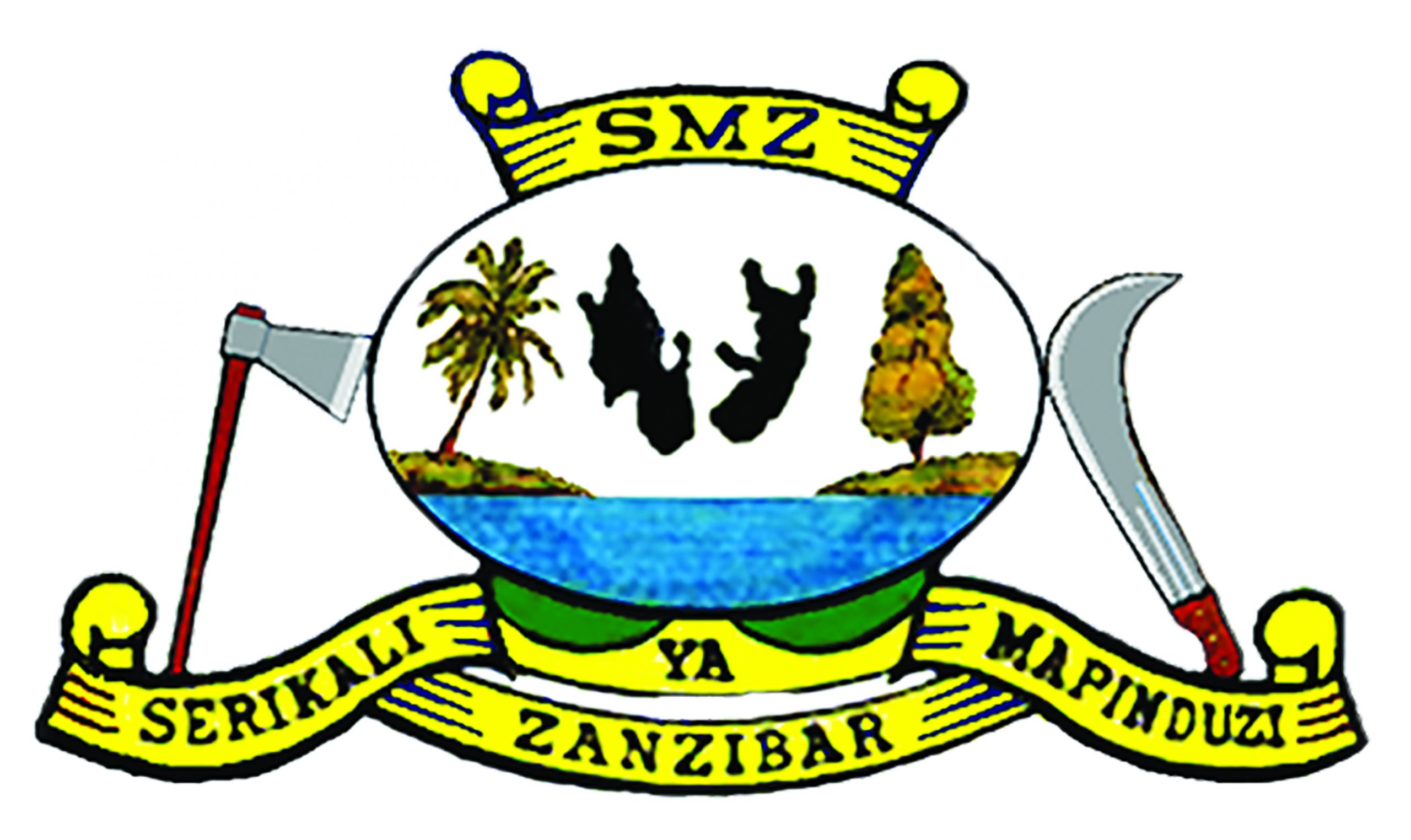INTRODUCTION
Zanzibar integrated HIV, TB and Leprosy Program (ZIHTLP): The Integrated Program on HIV, Tuberculosis and Leprosy Zanzibar (ZIHTLP) is under the Department of Preventive Service and Health education of the Ministry of Health Zanzibar. It is the result of two integrated programs namely the AIDS Control Program in Zanzibar and the Tuberculosis and Leprosy Control Program in Zanzibar. These programs were launched as private programs in 1987 and were formally incorporated in February 2012 to enhance the provision of services for two diseases related to resource utilization.
HIV status
The first three cases of Aids in Zanzibar were diagnosed in 1986. At that time the HIV epidemic was down (less than 1%) overall. Usually, Zanzibar is characterized by a concentrated HIV epidemic, HIV is often found in sex workers, people who inject drugs and homosexual men. 19%, 11.3% and 2.6% among them of sex workers, drug addicts and men who have sex with other men. This is according to the Bio-Behavioral (IBBSS) joint study conducted in 2012.
On the basis of population data, it is an estimated 6,269 including adults and children will be living with HIV in 2016. 81% of these (5,063) will be people in the age group 15-49 years and 9.5% (600) are children below The number of people living with HIV has been steady from 2000 to 2008.
Tuberculosis status
Tuberculosis (TB) continues to be one of the biggest public health problems in the country. The number of reported cases of tuberculosis in Zanzibar has increased from 354 in 2005 to 855 in 2015. The increase was as high as confirmed between 2014 and 2015. Based on the group’s specific information. the group of 25-25 year olds are the most affected. Men are more susceptible than women.
The leprosy status
The main purpose of leprosy control is to prevent leprosy-related disabilities through early detection of leprosy symptoms and to treat all leprosy patients. Although many of the side effects of Medicinal Medicine (MDT) are relatively good in Zanzibar, the precise number of leprosy patients diagnosed with the drug has been considerably reduced. According to the 2015 Annual Report, the total number of registered leprosy cases was 104, a decrease from 177 cases in 2014. The detection rate was slightly less than 1 per 10,000 people.
The trend of newly registered leprosy cases has been changing over the past 11 years with a low prevalence rate of 1 case per 10,000 people equivalent to the goal of eliminating leprosy according to WHO. Tanzania as a country was declared to have achieved the goal of eliminating leprosy in 2006. Yet Zanzibar still has several districts with high levels of leprosy on WHO targets including South, Urban, and West districts. As such, Zanzibar remains the country with the highest leprosy burden in Africa.
Services
– HIV Testing and Counseling Service
– Prevention of mother to child transmission of HIV services.
– Access to essential services based on population.
– Program to prevent and protect against sexually transmitted diseases and RTI
– PLHIV care and treatment service
– Home Care Services
– Tuberculosis and Leprosy control services
– Laboratory services
– Information, Education and communication/communication change.
– Information management strategy.
Vision
Provide technical guidance and collaborate with other sectors and practitioners in ensuring equitable access to quality HIV, Tuberculosis and Leprosy services in general, and especially to those who are at risk of contracting these infections.
Mission
Zanzibar is free of HIV, Tuberculosis, and Leprosy, people infected or affected by HIV, as well as those who are at higher risk of contracting the virus are not stigmatized and discriminated against in the Community.

